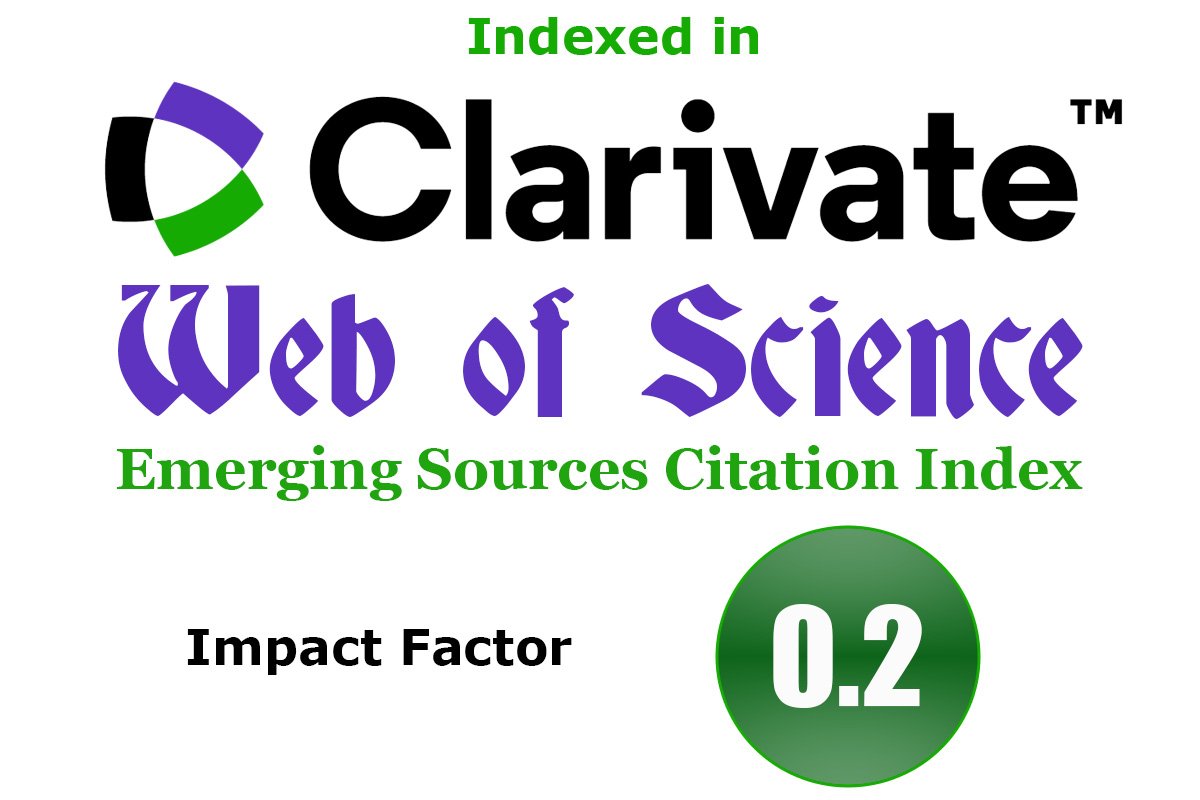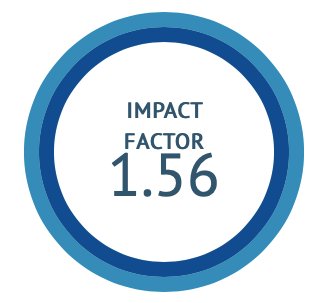Comprehensive Assessment and Validation of an Integrated Premenopausal Symptom Questionnaire
DOI:
https://doi.org/10.47552/ijam.v16i1.5164Keywords:
Face validation, Premenopausal symptoms, Screening questionnaire, Integrated premenopausal questionnaireAbstract
Pre-menopause indicates a period before menopause where a woman undergoes a transitional period where several symptoms come into existence due to the fluctuating ovarian hormones. The symptoms are quite complex with the involvement of different systems, making it difficult for health providers to diagnose and advise management aptly. The study aims to develop an integrated pre-menopausal questionnaire to assess premenopausal symptoms. The integrated pre-menopausal questionnaire was developed by including confounding factors and symptoms available in Ayurvedic literature, contemporary textbooks, and clinical observations by Prasoothi Tantra and Stree roga (Obstetrics and Gynaecology) experts. Premenopausal symptoms and confounding factors were incorporated into the questionnaire in the form of 36 questions under five sections and were assigned a score from 0 to 4 based on the strength of literature evidence and expert opinion. The questionnaire was subjected to validation i.e. face validation, content validation; and construct validation followed by factor analysis and reliability statistics. This tool is believed to be an important landmark in diagnosing pre-menopausal symptoms in pre-menopausal women so that an early intervention can be implemented. The questionnaire, finalized after expert committee review and recommendations, was also validated for its sensitivity and specificity to detect pre-menopausal symptoms in Palakkad District through a pilot study.
Downloads
Published
How to Cite
Issue
Section
License
Copyright (c) 2025 International Journal of Ayurvedic Medicine

This work is licensed under a Creative Commons Attribution-NonCommercial-ShareAlike 4.0 International License.
The author hereby transfers, assigns, or conveys all copyright ownership to the International Journal of Ayurvedic Medicine (IJAM). By this transfer, the article becomes the property of the IJAM and may not be published elsewhere without written permission from the IJAM.
This transfer of copyright also implies transfer of rights for printed, electronic, microfilm, and facsimile publication. No royalty or other monetary compensation will be received for transferring the copyright of the article to the IJAM.
The IJAM, in turn, grants each author the right to republish the article in any book for which he or she is the author or editor, without paying royalties to the IJAM, subject to the express conditions that (a) the author notify IJAM in advance in writing of this republication and (b) a credit line attributes the original publication to IJAM.




